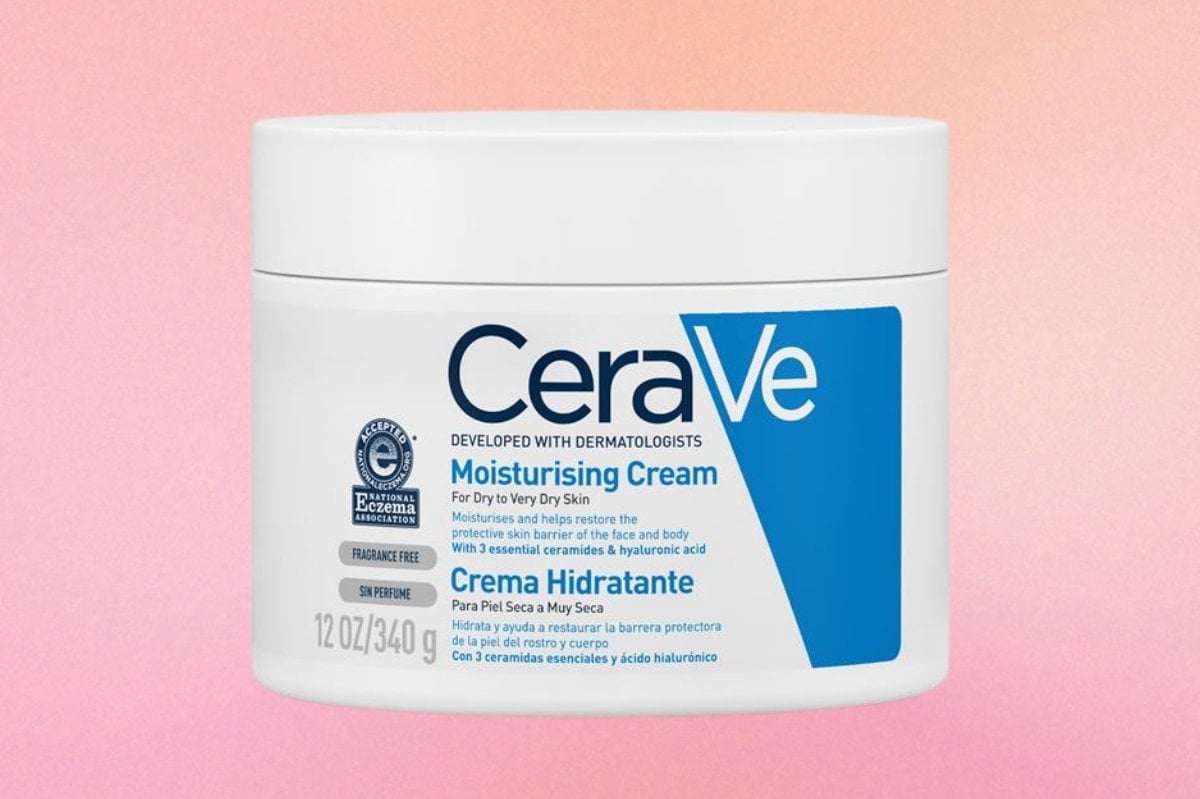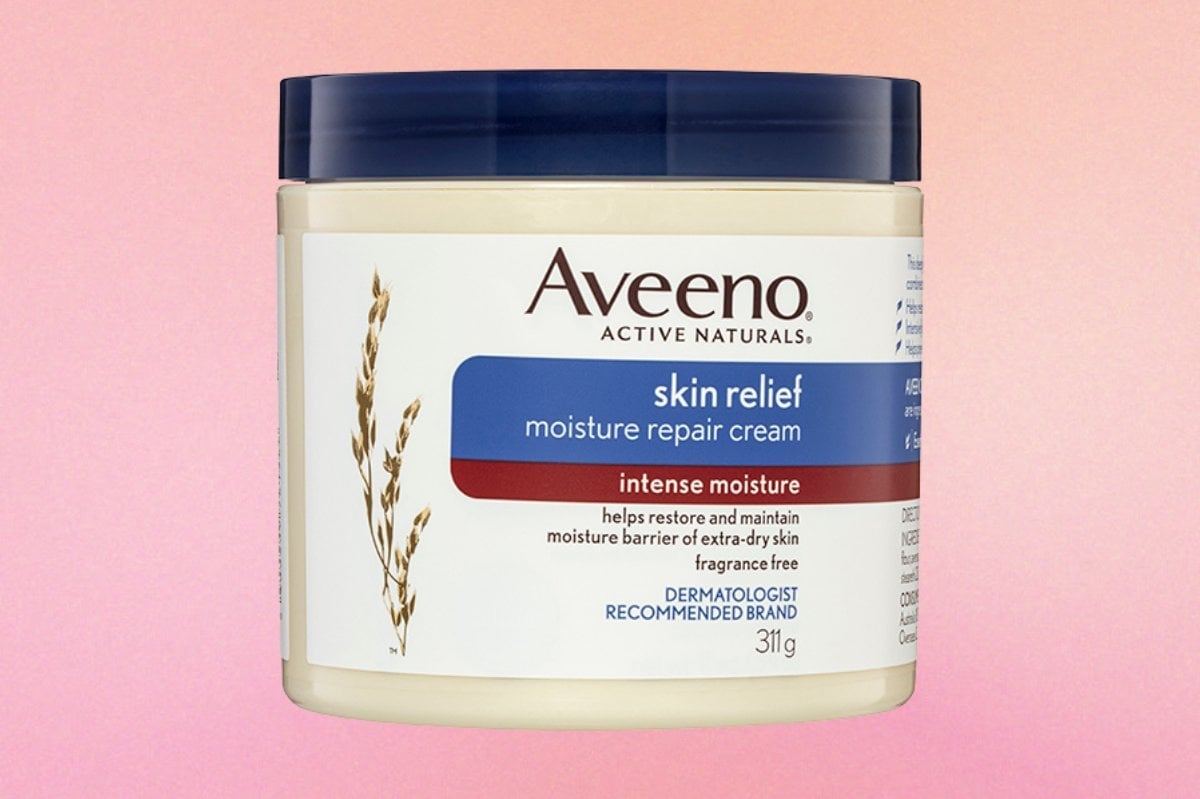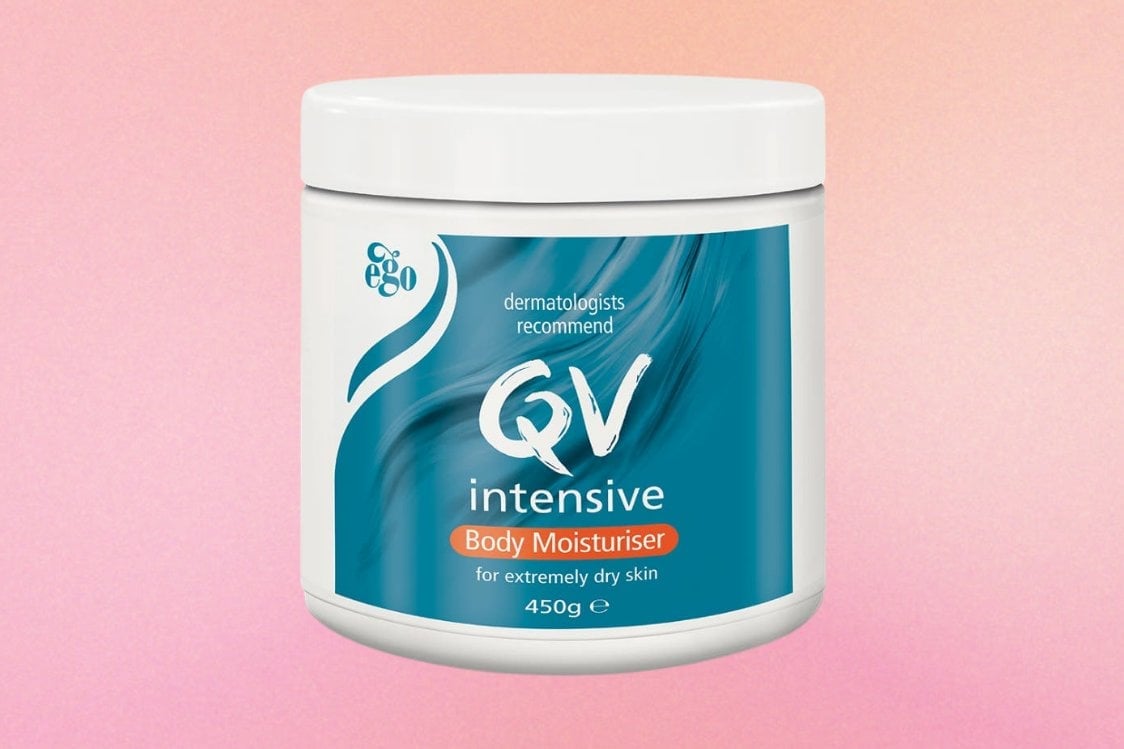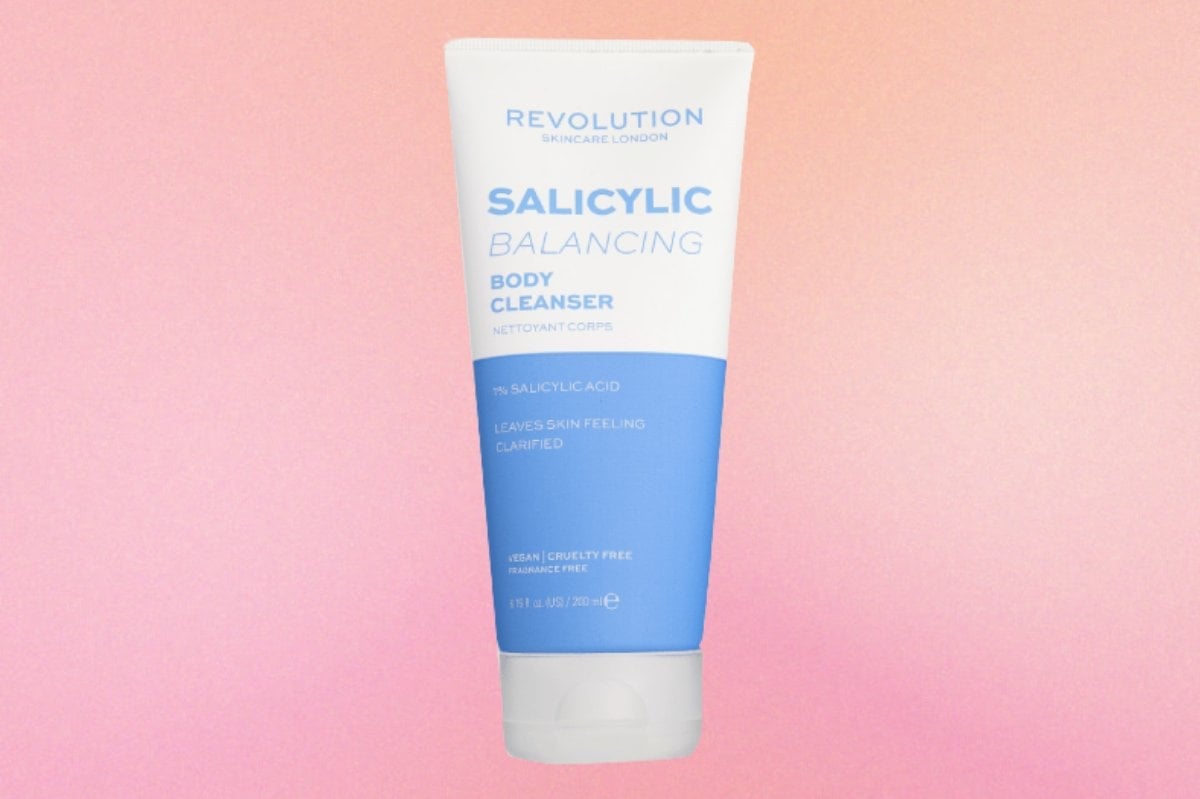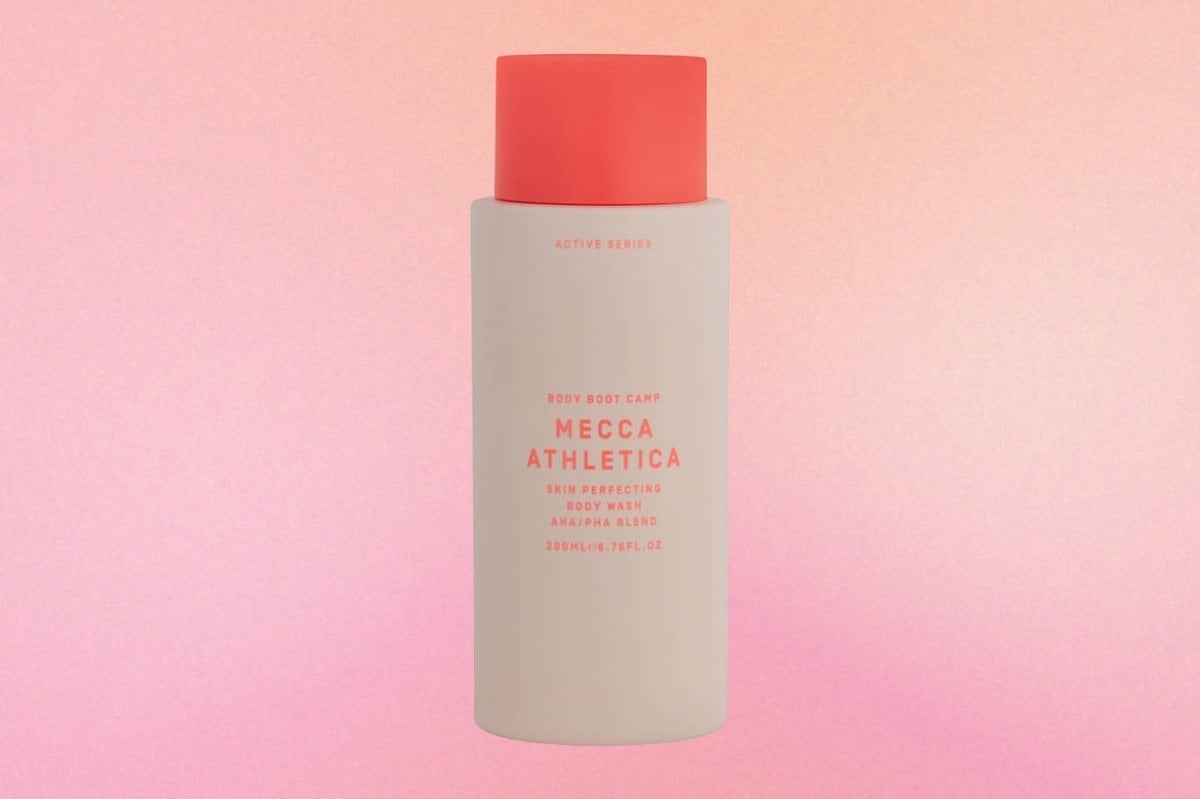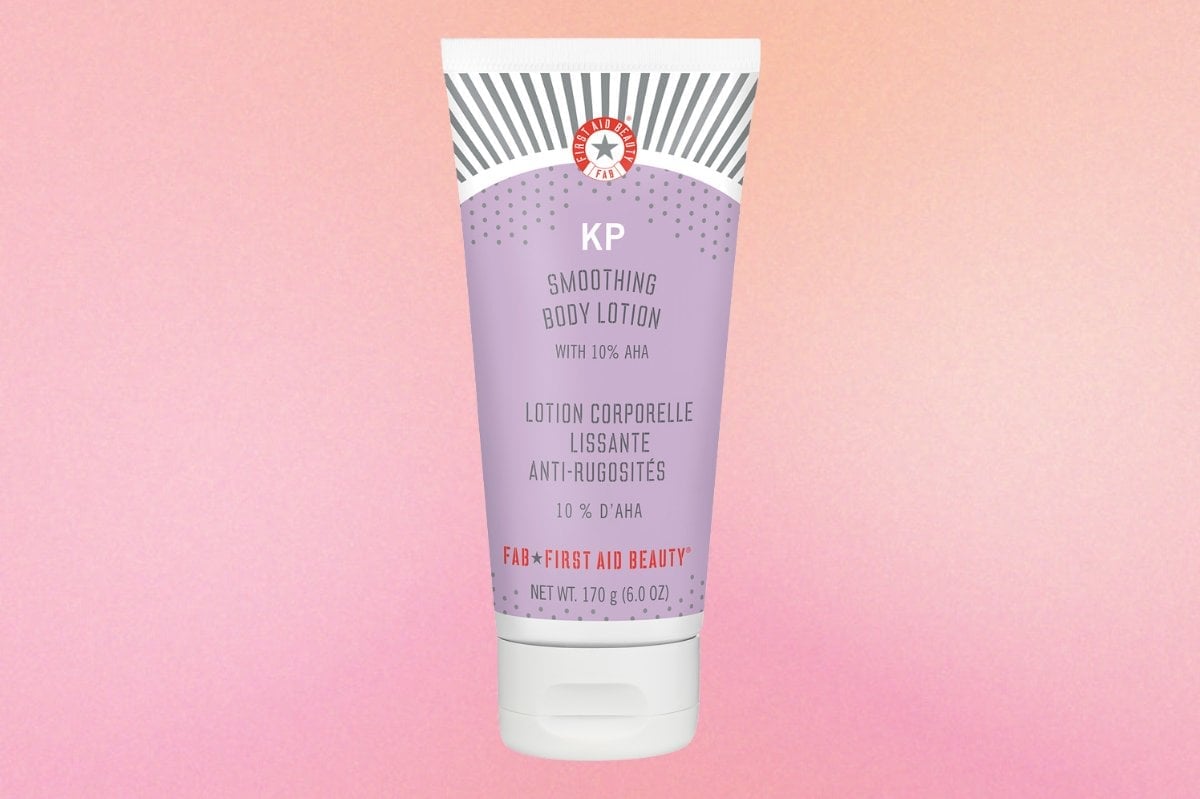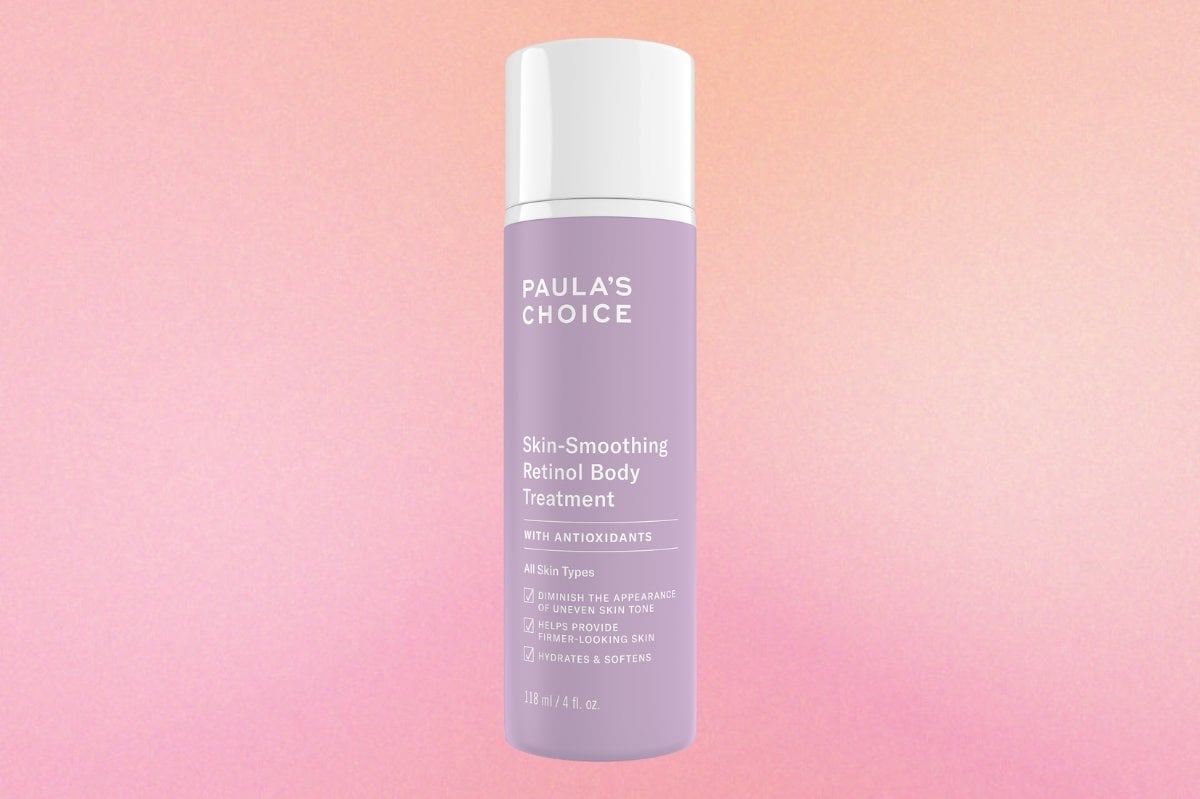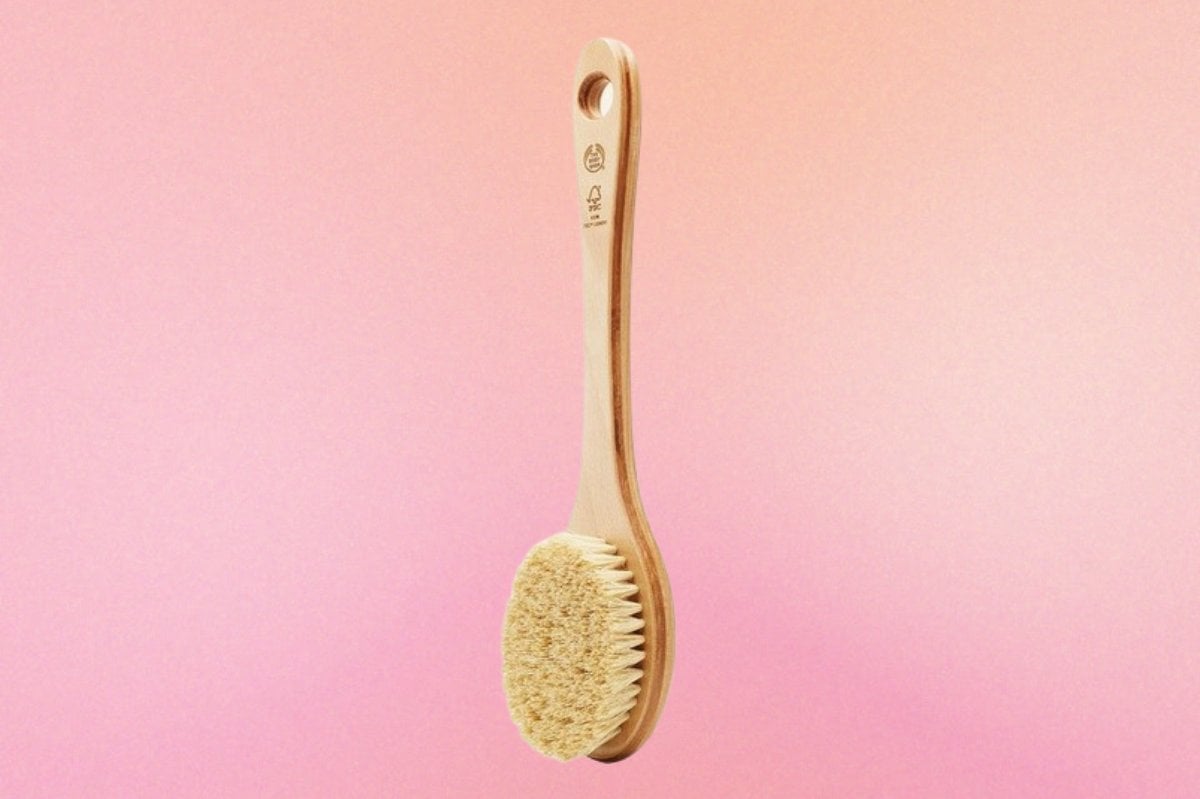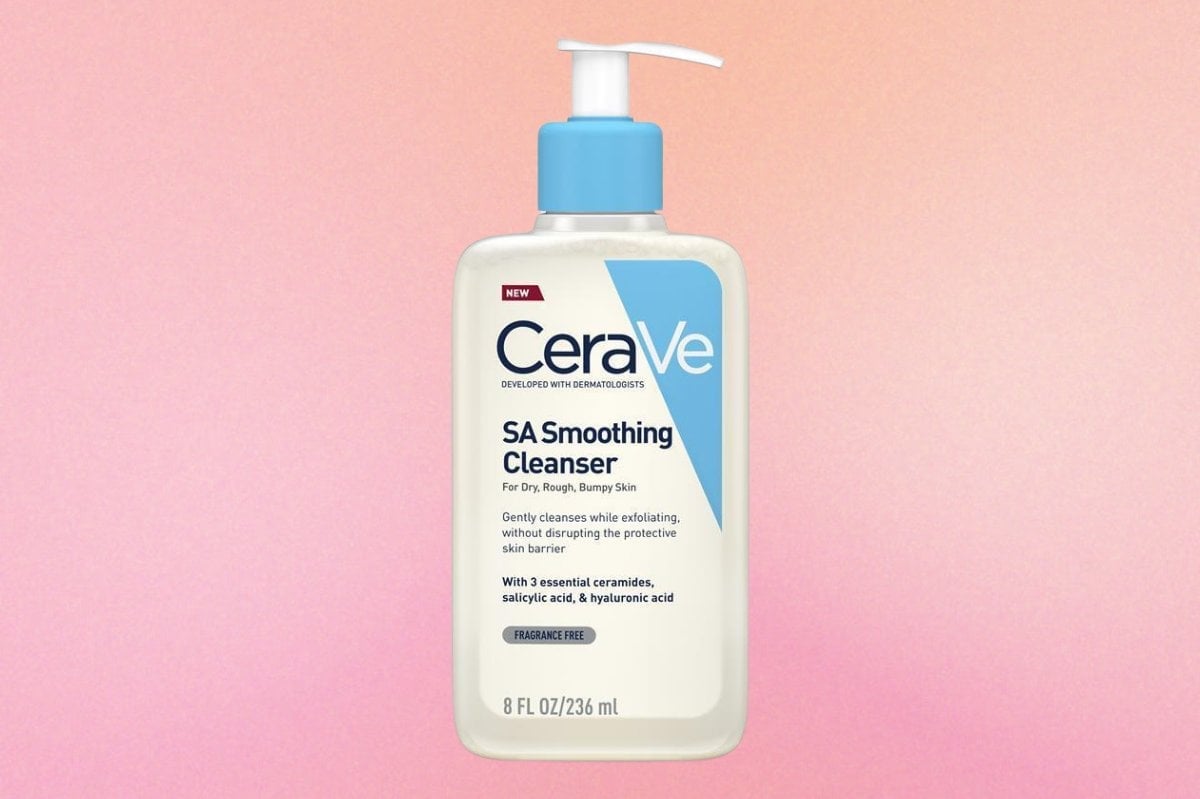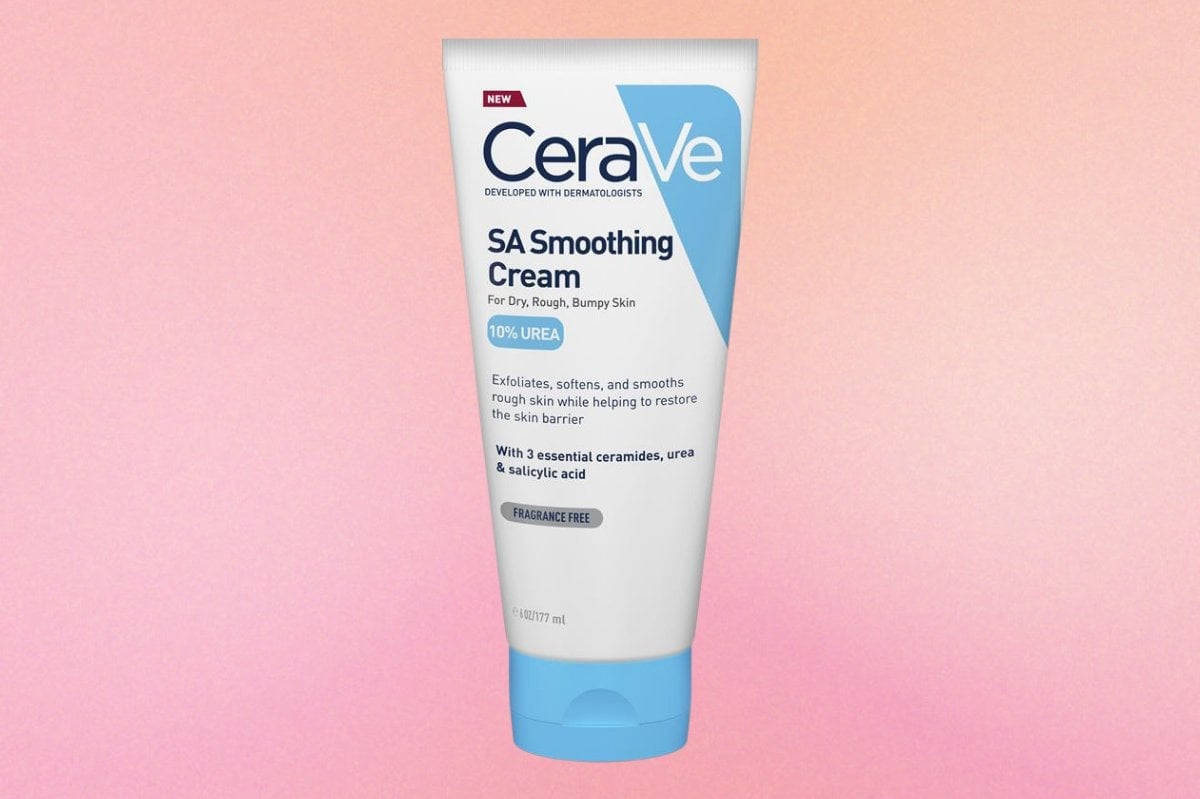
Keratosis pilaris, otherwise known as "chicken skin", is a bloody annoying skin condition.
It affects approximately 40 per cent of adults and 50 per cent of children worldwide, and it's something I've had for years.
I've always thought that keratosis pilaris (KP) is caused by food intolerances.
As someone who's gluten intolerant but not super strict about it (love a cheeseburger), I assumed that whenever I ate something with gluten in it, the flare-up of bumps on the back of my arms was directly correlated.
But guess what? It isn't.
Watch: Three steps to glowing skin with Leigh Campbell. Post continues after video.
In a recent episode of Mamamia's daily beauty podcast, You Beauty, dermatologist and co-founder of Sydney Skin, Dr Li-Chuen Wong, answered every question about keratosis pilaris, and I took notes for us.
Including what it is, what *actually* causes it, and how to properly treat it, here are all your keratosis pilaris-related questions, answered.
